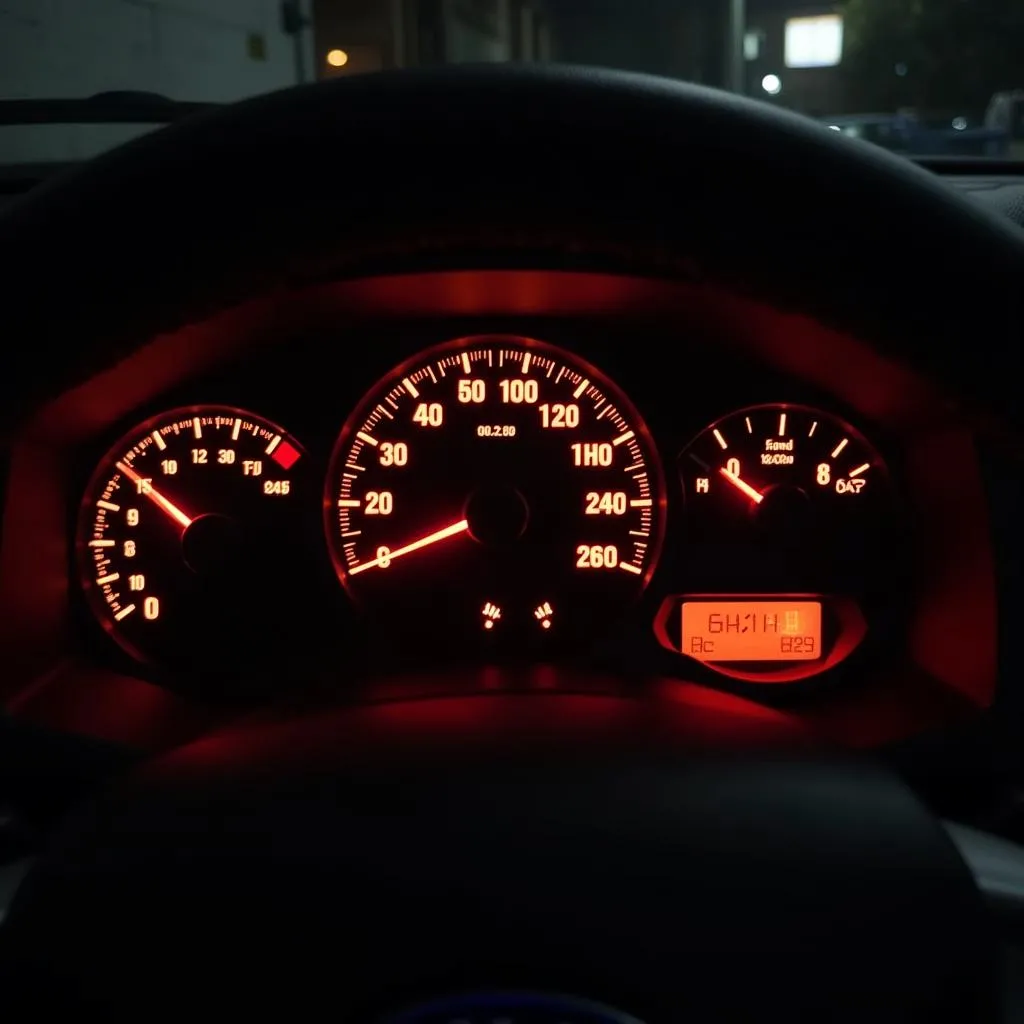Programming a key fob to your car might seem intimidating, but it’s often a surprisingly straightforward process. Whether you’ve got a new car, a new key fob, or you’re simply experiencing issues with your existing one, this comprehensive guide will walk you through the different ways you can program a key fob to a car.
Understanding Key Fob Programming
Before we delve into the how-to, it’s helpful to understand the basics. Your car key fob is essentially a small, radio-frequency transmitter that sends a unique code to your car’s receiver unit to lock, unlock, and sometimes even start the engine. Programming a key fob involves synchronizing this unique code with your car, allowing them to communicate effectively.
DIY Key Fob Programming Methods
Many car manufacturers design their vehicles to allow for DIY key fob programming, saving you a trip to the dealership. Here are two common methods:
1. Programming with Existing Working Key
This method, often found in older car models, requires having at least one working key fob already programmed to the car.
Here’s a general step-by-step guide:
- Consult your owner’s manual: Find the specific instructions for your car make and model.
- Enter programming mode: This typically involves actions like turning the ignition on and off a certain number of times, or pressing specific button combinations on your working key fob.
- Program the new key fob: While in programming mode, press a button on the new key fob. You should see an indication (like flashing lights or a sound) that the programming was successful.
- Exit programming mode: Follow the instructions in your manual to exit programming mode.
Important Note: If the process fails, don’t panic. Start again from step one, ensuring you’re following the instructions meticulously.
2. Programming Through the OBD-II Port
Modern cars often utilize the On-Board Diagnostics (OBD-II) port for key fob programming. This method may require a specific programming tool or scanner, which you can purchase online or at an auto parts store.
Here’s a general outline of the process:
- Locate the OBD-II port: This port is typically located under the driver’s side dashboard.
- Connect the programming tool: Plug the tool into the OBD-II port.
- Follow the on-screen instructions: The tool will guide you through the programming steps specific to your vehicle.
- Program the new key fob: The tool will prompt you to perform actions like pressing buttons on the new key fob to complete the programming.
Note: This method often involves vehicle-specific software and procedures, so having your car’s Vehicle Identification Number (VIN) handy is crucial.
When to Seek Professional Help
While DIY methods are convenient, some situations might require professional assistance:
- Lost all working keys: If you’ve lost all your programmed keys, you’ll likely need a professional locksmith or dealership to program a new key fob, as they have specialized equipment and access to your car’s security system.
- Complex programming: Some vehicles, especially luxury or high-end models, have complex anti-theft systems that necessitate professional programming.
- Unsuccessful DIY attempts: If you’ve exhausted all DIY options and are still unable to program the key fob, it’s best to seek professional help to avoid potential damage to your car’s electronics.
Finding a Qualified Professional
If you need professional assistance, consider these options:
- Dealerships: Dealerships have specialized tools and technicians trained to program key fobs for their specific car brands. However, this option can be expensive.
- Automotive locksmiths: Certified automotive locksmiths possess the expertise and equipment to program key fobs for various car makes and models, often at a lower cost than dealerships.
You can easily find local professionals by searching online for “program key fobs near me.”
Tips for Maintaining Your Key Fob
Proper care can extend the life of your key fob and prevent programming issues:
- Replace batteries promptly: Weak batteries can lead to intermittent functionality and programming difficulties.
- Protect from physical damage: Avoid dropping or exposing your key fob to extreme temperatures or moisture.
- Store securely: Keep your key fob in a safe and dry place when not in use.
Conclusion
Learning how to program a key fob to a car can save you time and money. While DIY methods are often feasible, don’t hesitate to seek professional help when needed. By understanding the different programming methods and following the provided tips, you can ensure your car keys are always ready to go.

